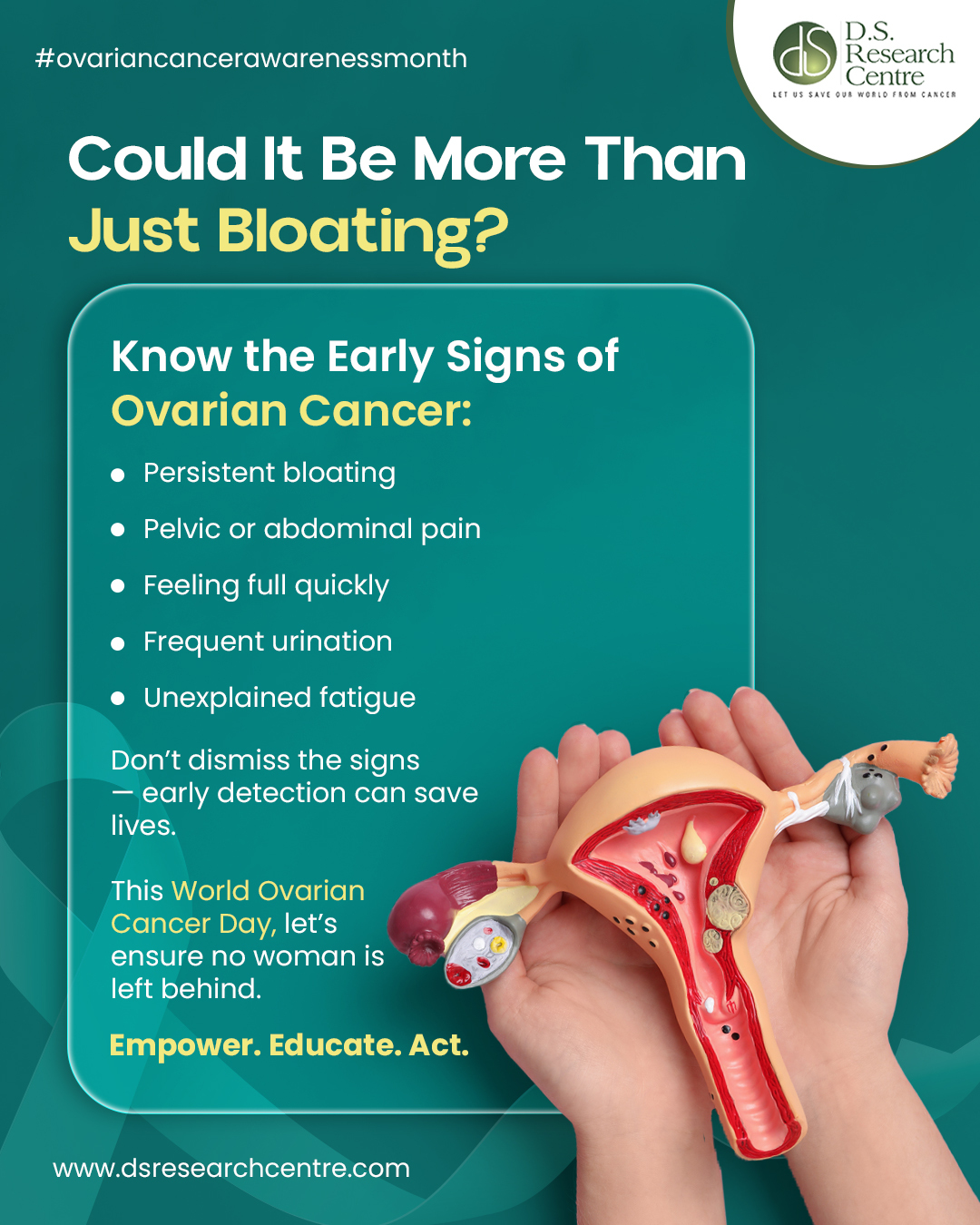Every
year March month is celebrated as Multiple Myeloma Awareness Month. It’s not
just about awareness but about empowering ourselves, our loved ones and the
global community to fight back . This “March
Myeloma Action Month” stands as a testament to the collective power of ACTION.
Multiple myeloma , a type of Blood
Cancer is a
cancer of plasma cells (a type of white blood cell in the bone marrow). Multiple myeloma
also known as Kahler's disease. Multiple
myeloma accounts for approximately 1–2% of all cancers, and approximately 17%
of hematologic malignancies.
In
2023, an estimated 35,730 adults (19,860 men and 15,870 women) in the United
States will be diagnosed with multiple myeloma. Worldwide, an estimated 176,404
people were diagnosed with multiple myeloma in 2020.
It is
estimated that 12,590 deaths (7,000 men and 5,590 women) from this disease will
occur in the United States in 2023. In 2020, an estimated 117,077 people
worldwide died from multiple myeloma.
Causes and Risk Factors of Multiple
Myeloma
·
Age. Myeloma occurs most commonly in people over 60.
Only 2% of cases occur in people under 40.
·
Sex. Myeloma is slightly more common in men.
·
Race. Myeloma occurs twice as frequently in Black people
than in White people. The reasons why are unclear, although the disease appears
to also be more common in the Middle East, North Africa, and the Mediterranean.
·
Exposure
to radiation or chemicals. People
who have been exposed to radiation or to asbestos, benzene, pesticides, and
other chemicals used in rubber manufacturing may be at higher risk for
developing myeloma. People often exposed to wood products, such as carpenters,
furniture makers, and paper makers, are also at higher risk. There is also a
high incidence of myeloma among professional firefighters and those exposed to
herbicides, including Agent Orange.
·
Personal
history. People with a history of a
solitary plasmacytoma of the bone are at greater risk for developing multiple
myeloma.
·
Monoclonal
gammopathy of undetermined significance (MGUS). a person with a small amount of M protein in their
blood has a 1% to 2% chance of developing myeloma.
Signs and Symptoms of Multiple Myeloma
·
Anemia (
Less Haemoglobin)
·
Bone pain and sometimes numbness,
and weakness
·
Kidney Damage - When the kidneys
begin to fail, symptoms include itching, weakness, fatigue, shortness of
breath, muscle cramps, nausea, appetite loss, trouble sleeping, urination
changes, anemia, and swelling of the legs, feet, or ankles.
·
Hypercalcemia is
a calcium arise as a result of bone breakdown. It can cause drowsiness,
constipation, and kidney damage.
·
Fever and infections
·
Blood clots, nose bleeds, bleeding gums, bruising, cloudy vision caused by
hyperviscosity, which is thickened blood, and low platelets are other symptoms
of multiple myeloma.
Diagnostic Tests For Multiple
Myeloma
·
Physical exam.
·
Blood tests.
·
Bone marrow biopsy.
·
Imaging tests.
It depends on
·
The type of cancer suspected
·
Your signs and symptoms
·
Your age and general health
·
The results of earlier medical
tests
Multiple Myeloma Treatment
Ø Conventional Treatment
·
Chemotherapy
·
Immunotherapy
·
Targeted Therapy
·
Stem Cell
Transplant
Ø Alternative
Treatment
Ayurveda
Treatment approach for Multiple Myeloma
Ayurvedic diagnosis for multiple
myeloma involves a holistic assessment of the patient's constitution, current
health status, and doshas imbalances. Once the Ayurveda
practitioner has gathered comprehensive information through these diagnostic methods,
they develop a personalized treatment plan. This plan typically includes herbal
remedies, dietary recommendations, lifestyle modifications, Meditation ,Yoga and
therapies like Panchakarma to address dosha imbalances. Both Conventional and Ayurveda
treatment should be integrated for comprehensive care. Patients should consult
with both Ayurvedic practitioners and oncologists to ensure a multidisciplinary
approach to managing their health.
Choosing the Right Ayurvedic Treatment
As per the concept of Ayurveda
treatment , Ayurveda offers promising treatment for supporting individuals with
multiple myeloma, it's important to approach this as a complementary therapy
alongside conventional treatments. Here at DS Research Centre , Ayurvedacharya
prescribe Nutrient Energy medicines based on Ancient Ayurveda for overall wellbeing
, to regulate the normal cellular metabolism by correcting its deviation.
Ayurveda's strength lies in its holistic approach, focusing on the
entire well-being of the patient rather than just the disease.
Take Care of Yourself
·
Follow the regular treatment as advised
·
Do regular follow up check ups
·
Eat a healthy diet
·
Be Active and do exercise if
possible
·
Get plenty of rest
·
Think Positive , Stay Positive
There
are currently no known ways to prevent it. But knowing your risk factors and consulting
your physician on right time may help you make more informed lifestyle and
health care choices.








Posted on April 15, 2016
Posted on April 15, 2016